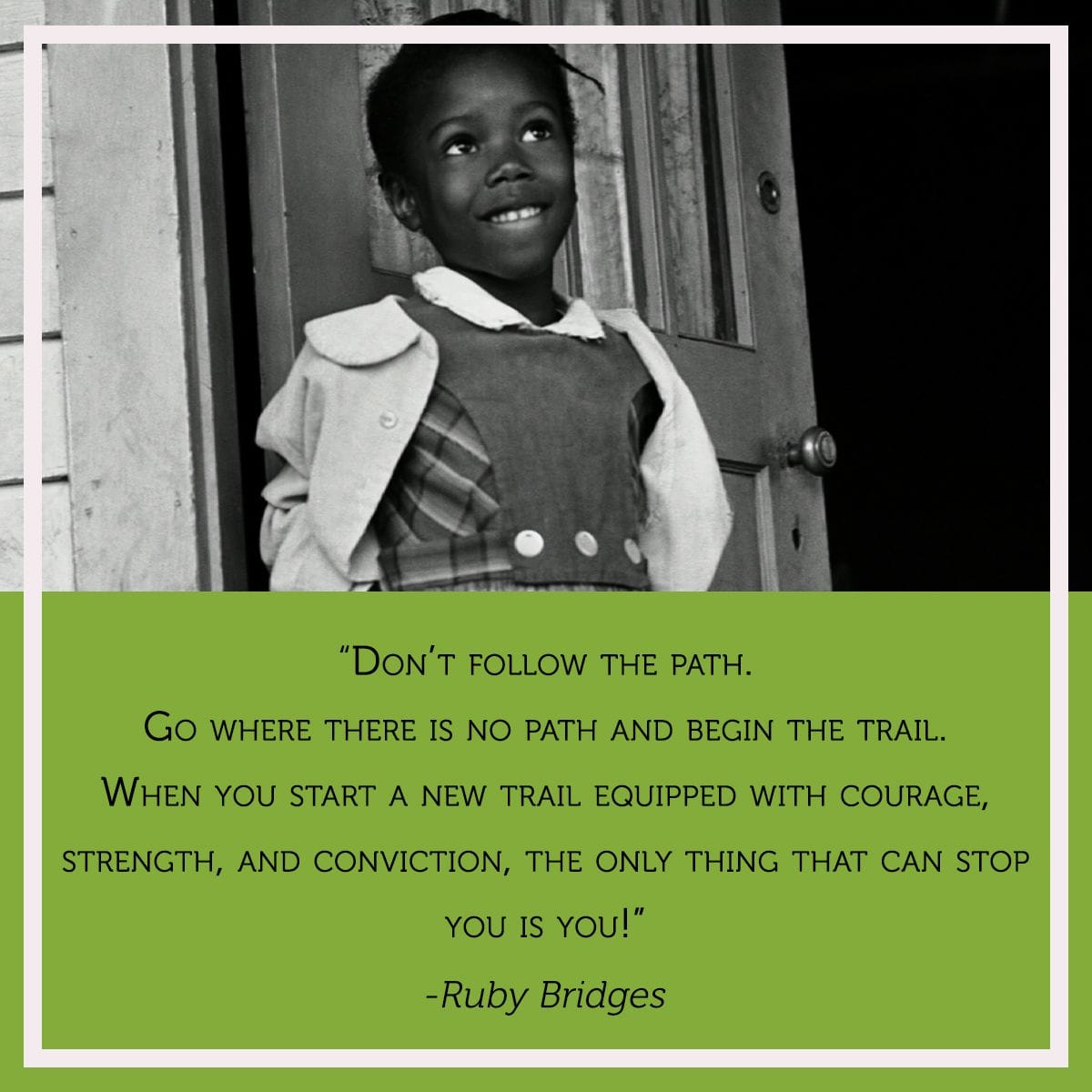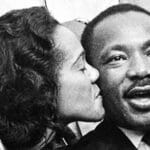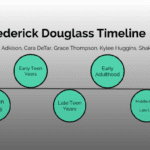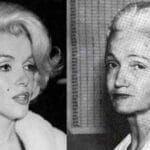A Deep Dive into the Life of Ruby Bridges: From Segregation to Civil Rights Icon
Six years old, facing a nation. That’s the image forever etched in our minds when we think of Ruby Bridges. Her courageous act of integrating William Frantz Elementary School in 1960 wasn’t just a moment in time; it ignited a movement and redefined American education. But Ruby’s story is far more than that single act of bravery. This timeline delves into the life of a woman who, from a young age, challenged a nation to confront its deepest flaws and continues to champion social justice today.
Ruby Bridges Timeline: Beyond the Rockwell Painting
While Norman Rockwell’s iconic painting “The Problem We All Live With” captures the essence of Ruby’s early struggle, her life’s work extends far beyond that single frame. This timeline explores the full scope of her experiences, revealing the making of an icon:
I. Early Life in the Shadow of Jim Crow:
- September 8, 1954: Ruby Nell Bridges is born in Tylertown, Mississippi, at a pivotal moment in American history. The Brown v. Board of Education decision, declaring segregated schools unconstitutional, had just been handed down. Little did anyone know this baby girl would become a living embodiment of that landmark ruling.
- Growing Up Amidst Segregation: Ruby’s early years unfolded in the Jim Crow South, where racial segregation was deeply entrenched, impacting every facet of daily life for African Americans.
- The Power of Education: Ruby’s parents, Abon and Lucille Bridges, instilled in their daughter a deep belief in the power of education to uplift and empower. This conviction would fuel Ruby’s unwavering determination in the face of adversity.
II. 1960: Integration of William Frantz Elementary and a Nation Transformed:
- Passing the Test: At just six years old, Ruby was one of only six African American students in New Orleans to pass a rigorous exam determining their eligibility to attend all-white schools. This test, designed to be nearly impossible for Black children to pass, was just one of the many hurdles erected to maintain segregation.
- November 14, 1960: A day forever etched in history. Escorted by U.S. Marshals, Ruby bravely walked through a jeering mob of white protesters to attend her first day at William Frantz Elementary School. The image of her small figure, backpack in hand, amidst a sea of hatred, remains a powerful symbol of courage and the fight for equality.
- A Classroom of One: Due to threats and a boycott by white parents, Ruby spent her first year at William Frantz taught alone by Barbara Henry, a white teacher from Boston who recognized her extraordinary courage and provided unwavering support and friendship.
III. A Life Dedicated to Advocacy: Amplifying the Message of Equality:
- Beyond the Schoolhouse: Ruby’s experiences sparked a national dialogue about racial equality and the urgent need for integration. Her young age and unwavering spirit challenged deeply held prejudices and forced America to confront the ugliness of segregation.
- Finding Her Voice: Ruby’s story didn’t end when she left William Frantz Elementary. As an adult, she embraced her role as an advocate for social justice, authoring books, captivating audiences with her powerful speeches, and working tirelessly to dismantle racial barriers.
- 1999: The Ruby Bridges Foundation: Driven by a profound belief in the power of education to transform lives, Ruby established the Ruby Bridges Foundation to combat racism and prejudice and promote tolerance and respect for all.
IV. Ruby’s Enduring Legacy: Inspiring Generations to Fight for a More Just Future:
- An Unwavering Symbol of Courage: Ruby Bridges’ impact extends far beyond the halls of William Frantz Elementary. She has become an international icon, her story synonymous with courage, resilience, and the unwavering pursuit of equality.
- Shaping Educational Landscapes: Ruby’s experiences continue to educate and inspire. Her story is now a cornerstone of curricula across the nation, ensuring that future generations understand the ongoing struggle for social justice and the vital role they play in dismantling systems of oppression.
- Art as a Catalyst for Change: From Norman Rockwell’s poignant portrayal to countless books, films, documentaries, and works of art, Ruby’s story transcends time, reminding us that even amidst darkness, a single act of bravery can ignite a movement and illuminate the path toward a more just and equitable world.
1964 – The Year Ruby’s Image Became a Symbol: Norman Rockwell’s Powerful Statement
In 1964, Norman Rockwell, already a celebrated American artist, brought Ruby’s story to life in his painting, “The Problem We All Live With.” Published on the cover of Look magazine, the image depicts a young Ruby, in her signature white dress and black shoes, walking into William Frantz Elementary, flanked by four U.S. Marshals. The painting, with its stark depiction of both the innocence of a child and the ugliness of racism, quickly became a powerful symbol of the Civil Rights Movement. It forced Americans to confront the realities of segregation and the courage of those challenging it.
1984: Marriage, Motherhood, and a Continued Commitment to Social Justice
Ruby Bridges’ life story isn’t solely defined by her childhood experiences. In 1984, she married Malcolm Hall, embarking on a new chapter as a wife and mother. This period marked a shift towards a more private life for Bridges, but it did not diminish her commitment to the causes she held dear. While she might have stepped back from the constant glare of the public eye, Bridges continued to be a voice for positive change, working tirelessly to bridge racial divides and advocate for education, particularly at William Frantz Elementary, the very school she had bravely integrated years earlier. Her story reminds us that the fight for equality is an ongoing journey, often requiring different approaches and sacrifices at various stages of life.
1993-1995: Ruby Bridges Returns to William Frantz Elementary – This Time, as a Force for Reconciliation
The years 1993 and 1995 marked a poignant return to William Frantz Elementary for Ruby Bridges. No longer a frightened six-year-old facing down a hostile crowd, she returned as a beacon of hope and healing, taking on the role of parent liaison. It was during this time, in 1995, that the Children’s Museum of Indianapolis honored her legacy with a permanent exhibit recreating her first-grade classroom. That same year, she further cemented her place in history by publishing her autobiography, Through My Eyes, sharing her story with the world in her own words.
But perhaps the most significant event of 1995 was the establishment of The Ruby Bridges Foundation. Recognizing the need to address the root causes of inequality, Ruby dedicated her foundation to improving social and educational equity for all children.
These years illustrate that Ruby’s commitment to justice wasn’t a singular act – it evolved and deepened over time. Her return to William Frantz, not as a student but as a guiding force for reconciliation and understanding, underscores the importance of confronting difficult histories and working towards a future where all children feel safe, valued, and empowered to reach their full potential.
Going Beyond the Dates: Understanding the Nuances of Ruby Bridges’ Journey
To truly grasp the magnitude of Ruby Bridges’ impact, we must go beyond the chronological narrative. It’s essential to consider the following:
- The Psychological Impact: Imagine being six years old, thrust into a maelstrom of hate and vitriol. How did Ruby process the trauma of that experience? Exploring the psychological toll of her early years provides a deeper understanding of her extraordinary resilience.
- The Power of a Teacher’s Love: Barbara Henry’s role in Ruby’s life cannot be overstated. She provided not just an education but also a safe haven, a source of warmth, and a much-needed sense of normalcy during an incredibly turbulent time. Highlighting their bond reveals the profound impact one person’s compassion can have in the face of adversity.
- Ruby’s Evolving Voice: How have Ruby’s perspectives on race, equality, and education transformed over time? Juxtaposing her childhood experiences, as recounted in Through My Eyes, with her current views offers a more nuanced understanding of her lifelong commitment to social justice.
- The Long Shadow of Segregation: Sadly, the fight for educational equity is far from over. Exploring how the legacy of segregation continues to impact opportunities for marginalized students today connects Ruby’s story to contemporary issues, underscoring the urgent need for continued action and systemic change.
By examining Ruby Bridges’ life through these different lenses, we gain a richer understanding of her enduring legacy. She reminds us that change requires constant vigilance, unwavering courage, and a deep-seated belief in the power of education to transform lives and create a more just and equitable world.
- Unlock Elemental 2 Secrets: Actionable Insights Now - April 2, 2025
- Lot’s Wife’s Name: Unveiling the Mystery of Sodom’s Fall - April 2, 2025
- Photocell Sensors: A Complete Guide for Selection and Implementation - April 2, 2025
















